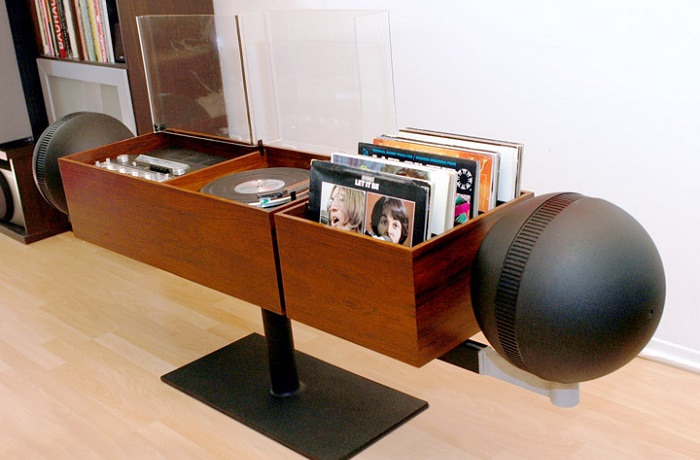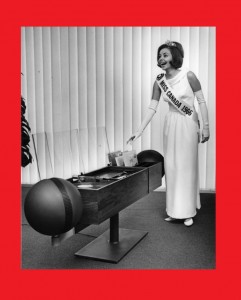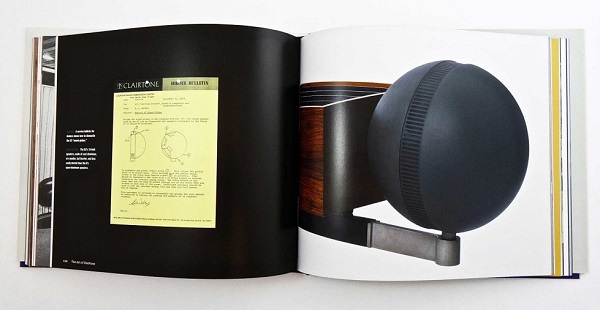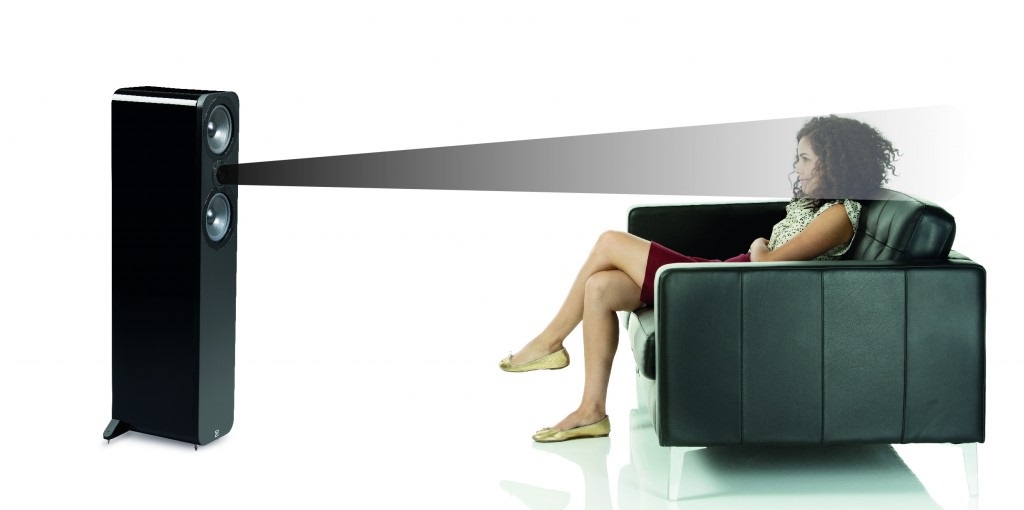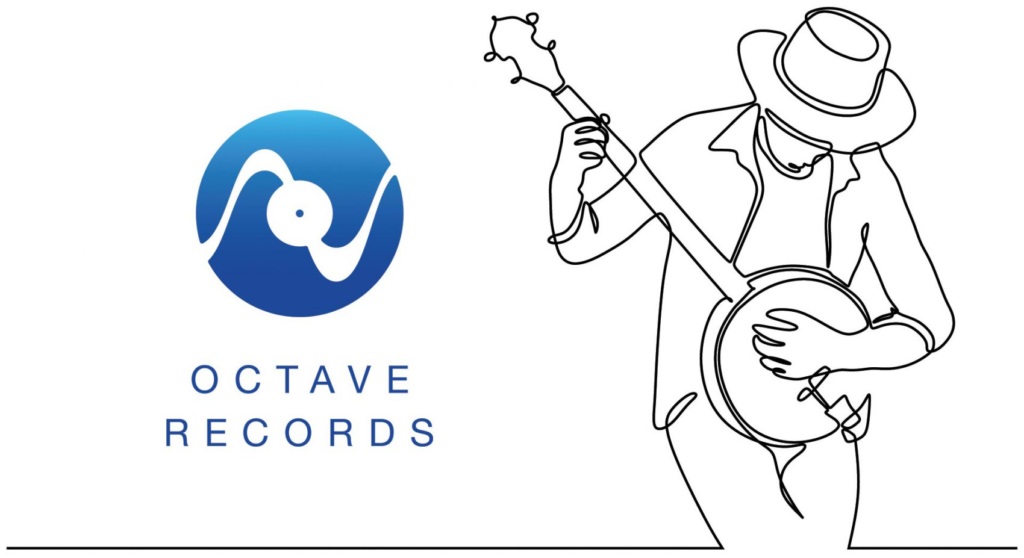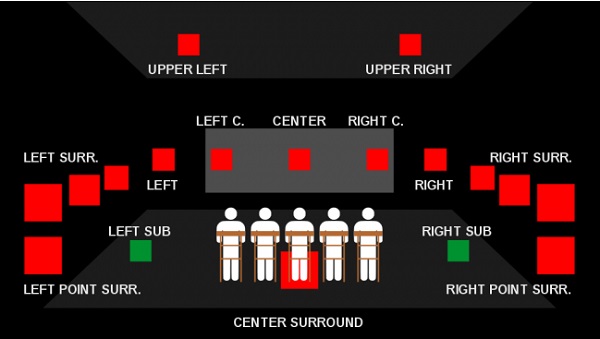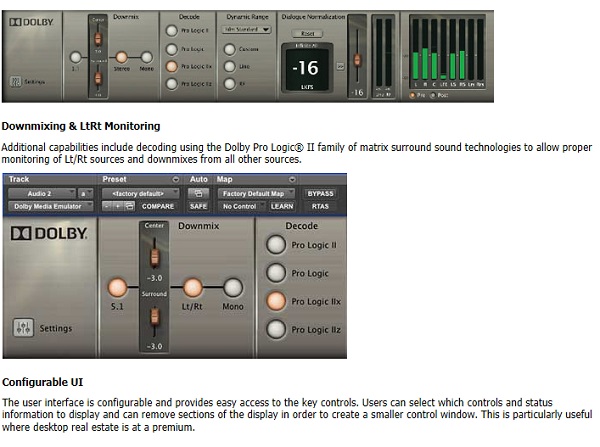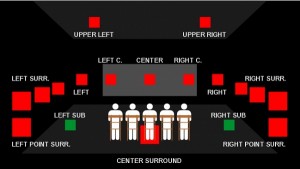Fraunhofer will be at CES 2025 from January 6-January 8, 2025 at the Fraunhofer suite in the Venetian Hotel.
December 31, 2024, Erlangen, Germany — Fraunhofer Institute for Integrated Circuits (Fraunhofer IIS), a leading developer of advanced audio technologies, including mp3 and AAC, will present at CES 2025 upHear Flexible Rendering, a ground-breaking audio technology that greatly simplifies high-quality immersive sound experiences on consumer audio reproduction devices, including loudspeakers, soundbars, and TVs. upHear Flexible Rendering enhances and distributes sound flexibly to all available speakers for a spectacular enveloping immersive audio effect at all times.
upHear Flexible Rendering for Effortless Flexibility: Expand Setups from Stereo to Immersive
upHear Flexible Rendering belongs to Fraunhofer’s upHear range of audio processing technologies. They enhance the sound quality of content from voice signals to immersive audio masterpieces and provide pristine audio pickup as well as faithful reproduction from classic stereo setups to complex scenarios with multiple devices. The upHear Flexible Rendering technology automatically combines wireless speakers for the best possible experience, supporting new immersive audio formats as well as providing first-class upmixing for legacy content.
What Makes This Technology Impressively Different
With upHear Flexible Rendering, everything is adjustable: Adding or removing a speaker from the system is no trouble due to its automatic adaptation to the current playback situation. Its inherent flexibility provides the option for effortless system growth making it very budget-friendly. All systems upgraded with upHear Flexible Rendering achieve enhanced immersion for an extraordinary sound experience. “Currently, users can only connect to one smart speaker at a time or to a fixed setup per room.
With the upHear technology, you now have the flexibility to conveniently combine any number of speakers into an immersive speaker cluster wherever you want. Party music in the kitchen? Transform your living room into a movie theatre? Operas in the bathroom? It is all possible without a fuss,” said Sebastian Meyer, Product Manager upHear, Fraunhofer IIS.
Fraunhofer Demos will be available at CES 2025 –
- Speaker Repositioning: Smart speakers will be distributed in the room playing immersive music. The upHear Flexible Rendering technology will make it possible to add/remove speakers and to reposition them. The upHear algorithm optimizes the sound image based on the current setup. Visitors will be able to try out repositioning for themselves. The wireless speaker setup also uses the Fraunhofer Communication Codec LC3plus for ultra-low-latency wireless audio transmission.
- upHear Microphone Processing Technologies: Through live calls, Fraunhofer will show how they make life easier: An “office” in the suite will show advanced AI-based technologies such as Echo Control, Noise Reduction, and the latest feature: Voice Isolation, which is the highlight of the Microphone Processing area. Users can create a “fingerprint” of their voice in seconds, which makes it possible to remove all sounds but their voice from a call for a truly personalized live call experience for better conferencing.
- Demo Audio Samples: Check out upHear demos at: https://comm-demos.iis.fraunhofer.de/upHear_20240808/index.html.
- upHear Mobile Audio: Fraunhofer’s virtualization platform opens the door to true spatial playback experiences on headphones. It works from a multitude of sources, from legacy stereo to current immersive formats. Thanks to the minimum resource requirements of the low-complexity rendering, it can run on DSPs for any audio device class, be it headphones, mobile devices, home audio systems, or even a low-power XR devices.
upHear is available immediately. For more information, see: www.uphear.com, and https://www.audioblog.iis.fraunhofer.com/tag/uphear.
Fraunhofer Audio Codecs to be presented at CES 2025 –
- xHE-AAC: The stereo codec for broadcast and streaming provides DASH/HLS streaming at 12-320+ kbit/s, a new anchor loudness feature, mandatory loudness and dynamic range control, improved speech quality, and stereo imaging. The technology is already used by Netflix, Facebook stories, and Instagram Reels. xHE-AAC is natively supported on the latest Amazon, Android, Microsoft, and Apple products and operating systems.
- LC3plus Lossless: Video calls, music, and gaming are best enjoyed with wireless headphones and microphones that deliver perfect audio quality and long battery life. With LC3plus, sound reaches users in perfect quality and the new LC3plus Lossless switches seamlessly between lossless and lossy modes of operation. It works with all features of LC3plus, including low-delay and superior robustness thanks to Advanced Packet Loss Concealment. LC3plus is on the Japan Audio Society’s list of codecs whose implementation opens the door for device manufacturers to use the prestigious High-Res Audio Wireless logo. Fraunhofer IIS will demonstrate integrations into the AKG N5 Hybrid Earbuds, a HyperX gaming headset, a Sony streaming microphone, and a headphone prototype by BEStechnic.
- MPEG-H Audio: Next Generation Audio system for streaming and broadcast applications with advanced personalization and accessibility options. Fraunhofer will showcase devices by globally leading CE manufacturers with MPEG-H Audio support, which is required for Brazil’s upcoming broadcast standard DTV+. Here, the technology helps Globo, TV Cultura, and other major providers to deliver customizable immersive sound experiences with a high degree of accessibility. Viewers can choose between different languages and commentators or select a version with enhanced dialogue.
For the Silo, Karen Thomas/ Eva Yutani.
About Fraunhofer IIS Audio & Media Technologies
Fraunhofer IIS is part of Fraunhofer-Gesellschaft, Europe’s leading applied research organization. The global leader in advanced technologies for audio coding and moving picture production. Almost all computers, mobile phones, and consumer electronic devices available today are equipped with technologies from Erlangen and are used by billions of people around the world every day. The creation of mp3, co-development of AAC as well as HE-AAC prove how Fraunhofer IIS has been innovating the audio sector for over 30 years. The current generation of compelling audio technologies includes Fraunhofer Symphoria for automotive 3D audio, EVS for phone calls with crystal-clear audio quality, xHE-AAC, which is used by major streaming services such as Netflix, by Facebook stories, and by Instagram Reels. MPEG-H Audio delivers personalized immersive sound for broadcast and streaming, which lets viewers adjust dialogue volume to suit their personal preferences.




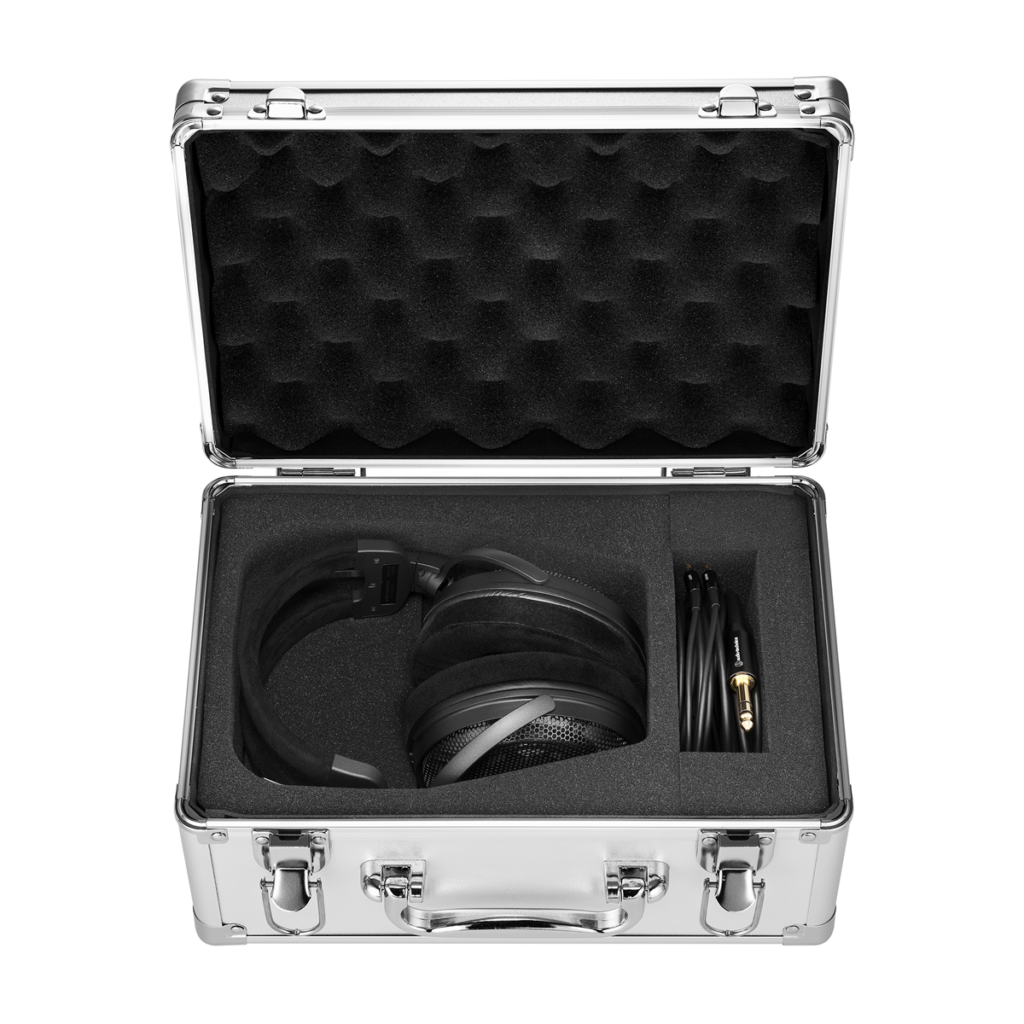
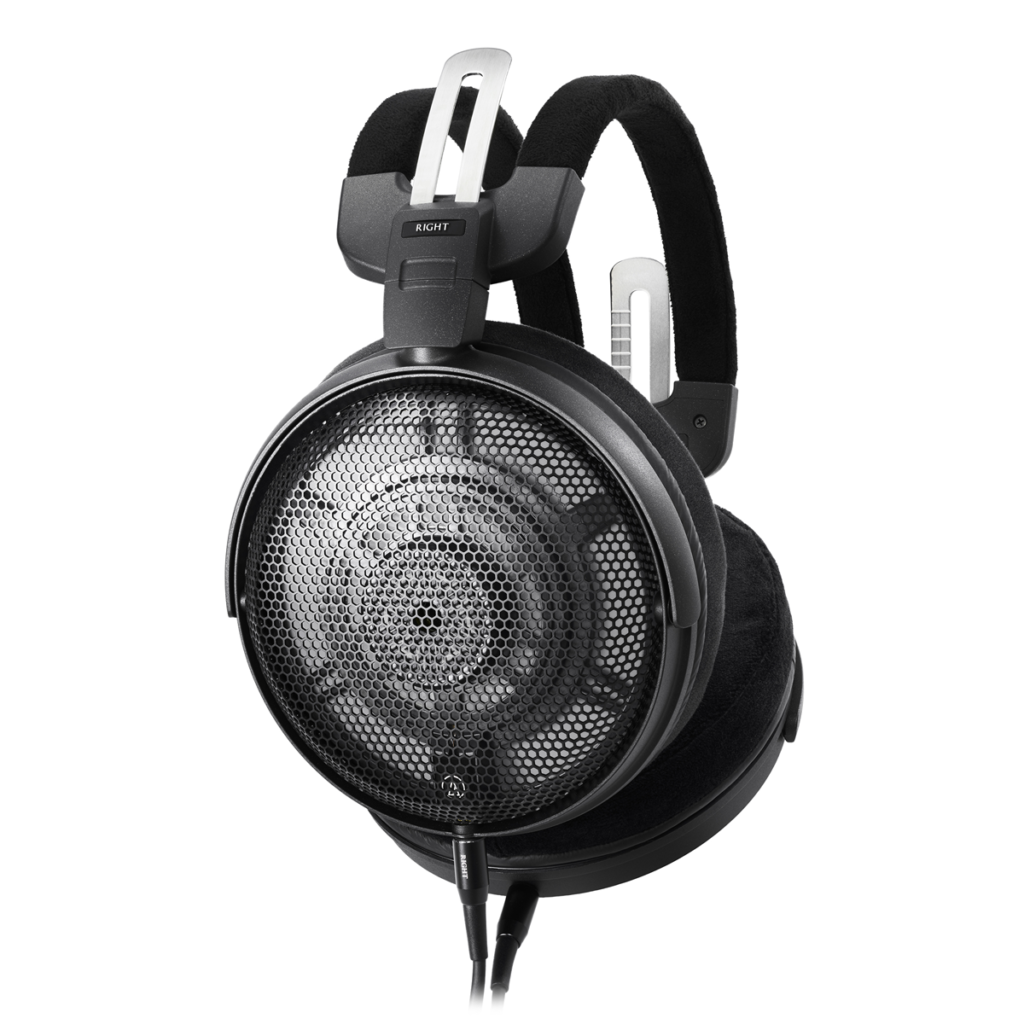
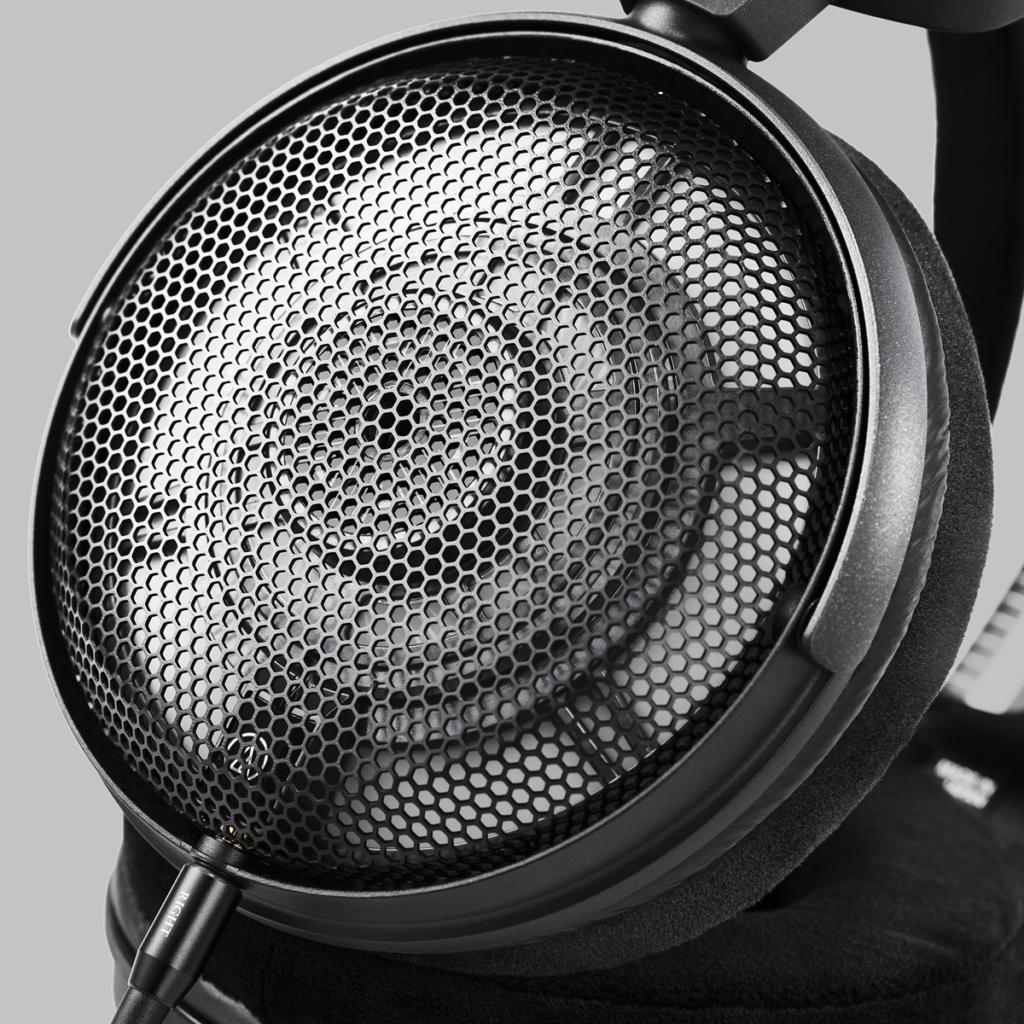


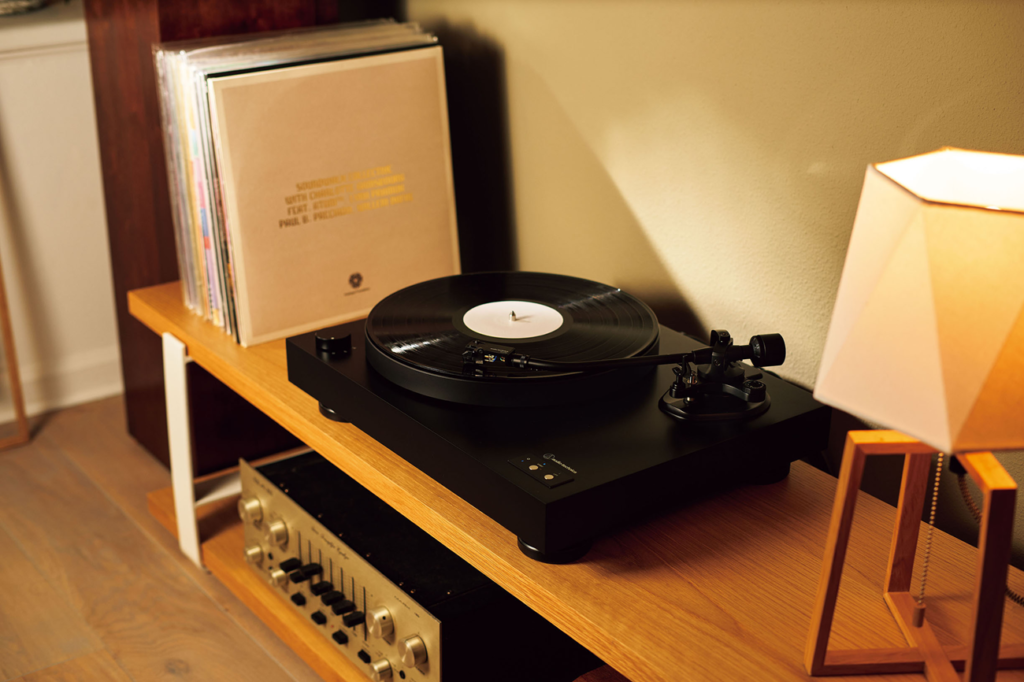




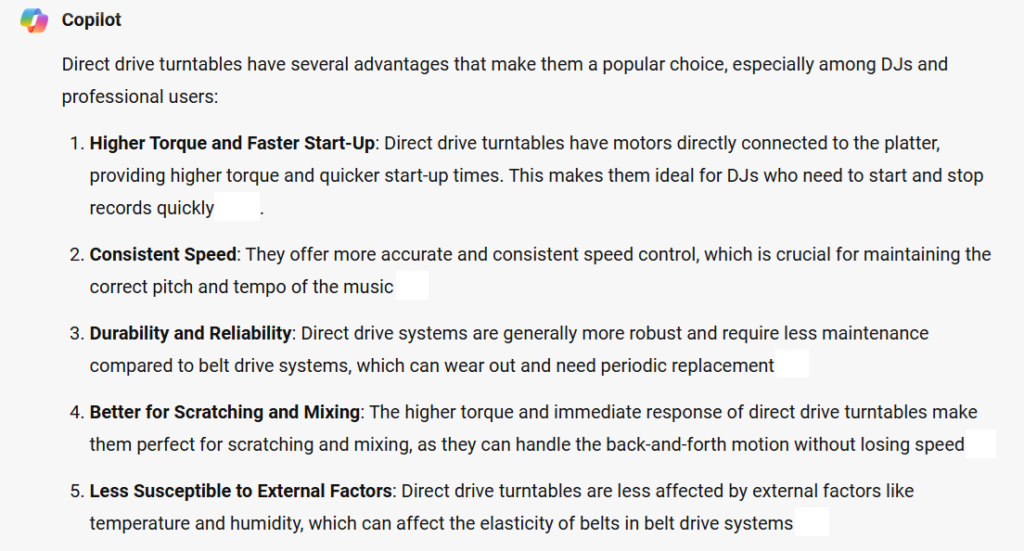
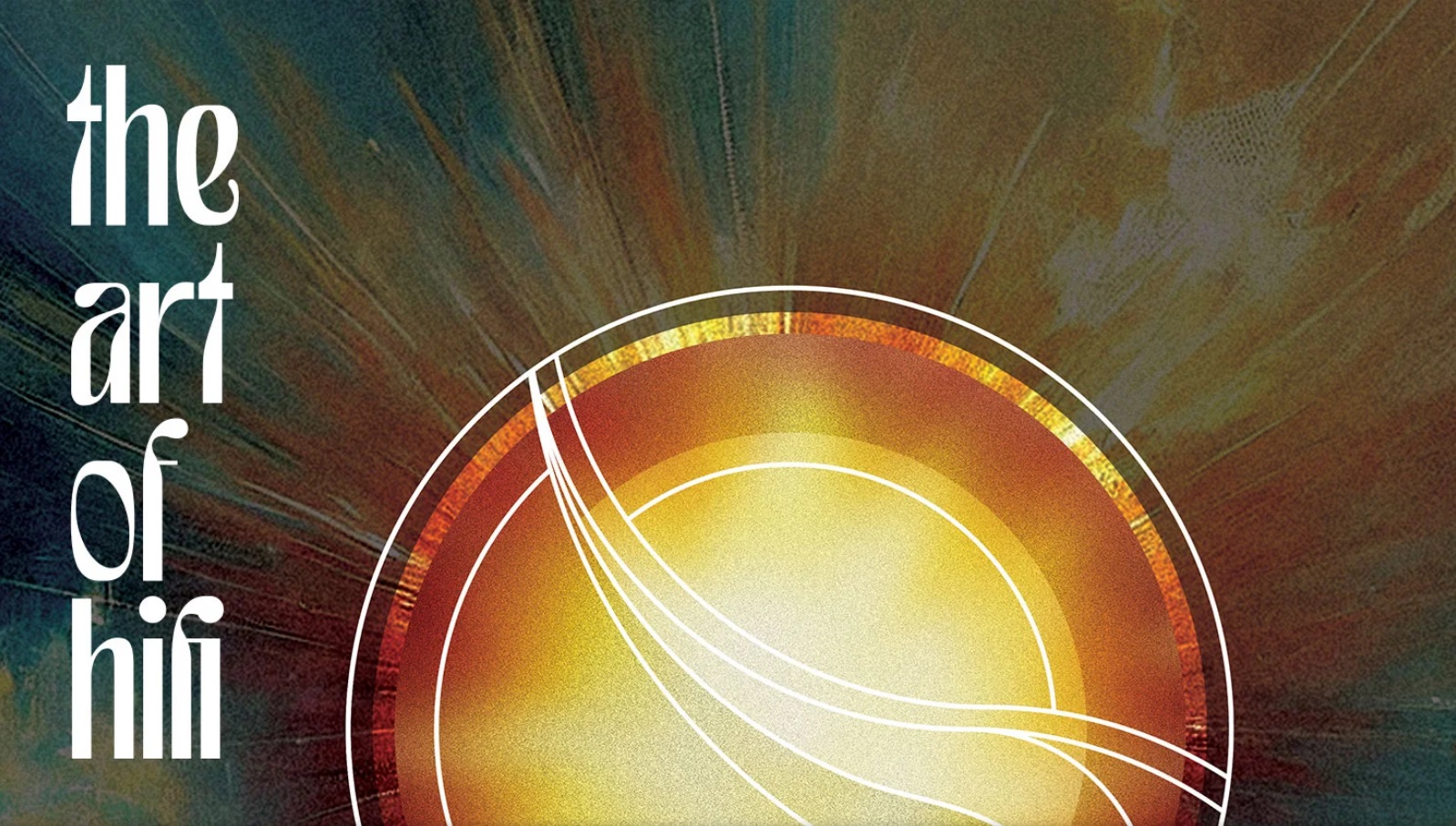





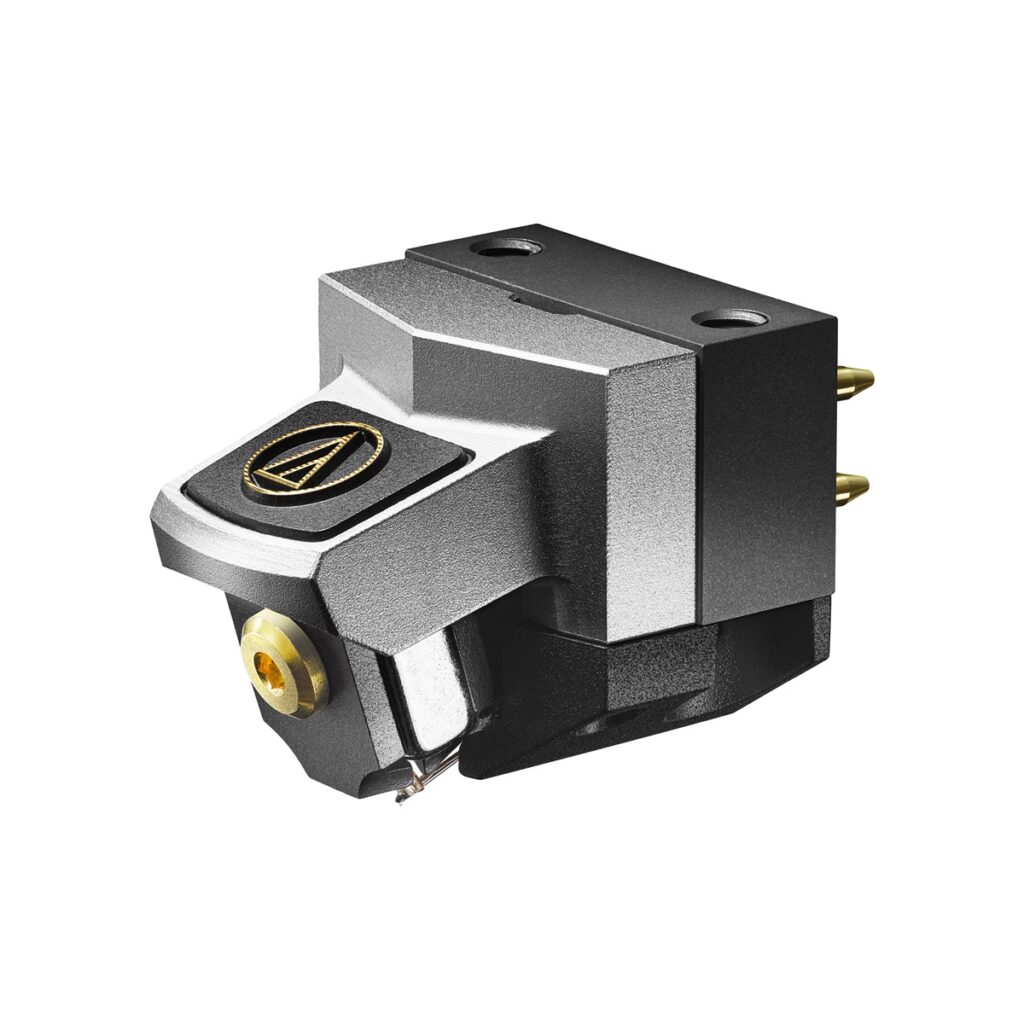




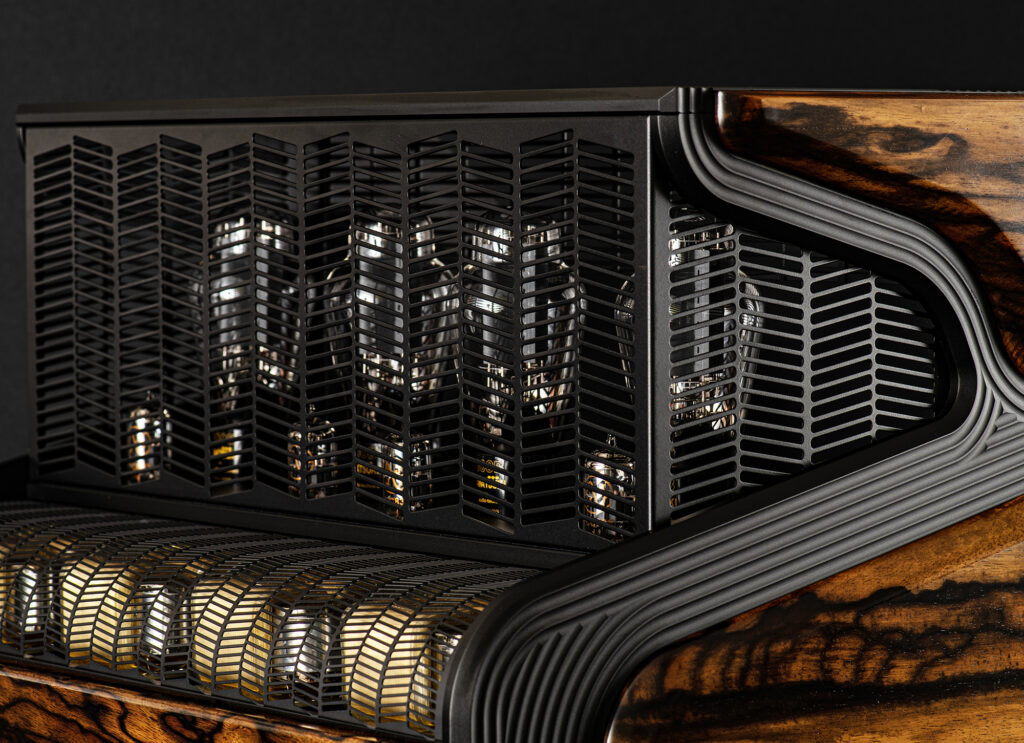
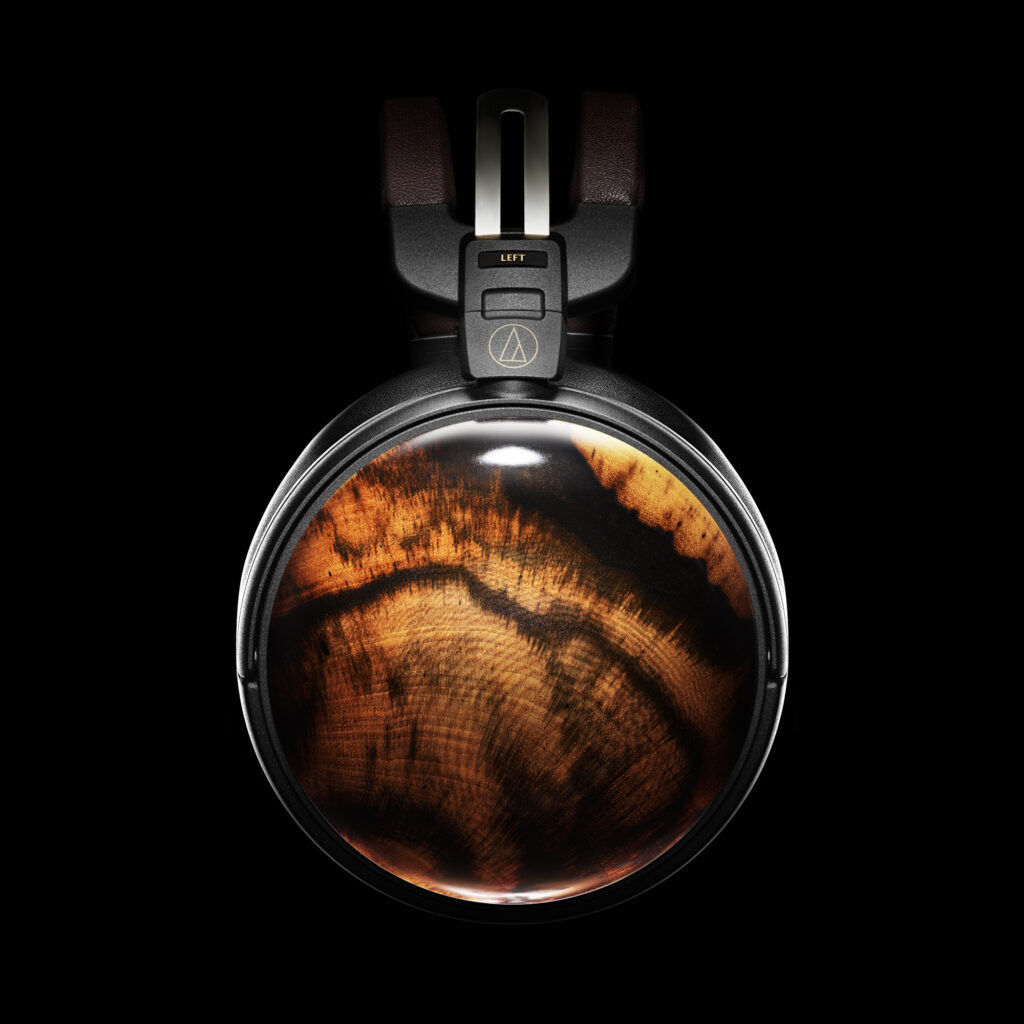
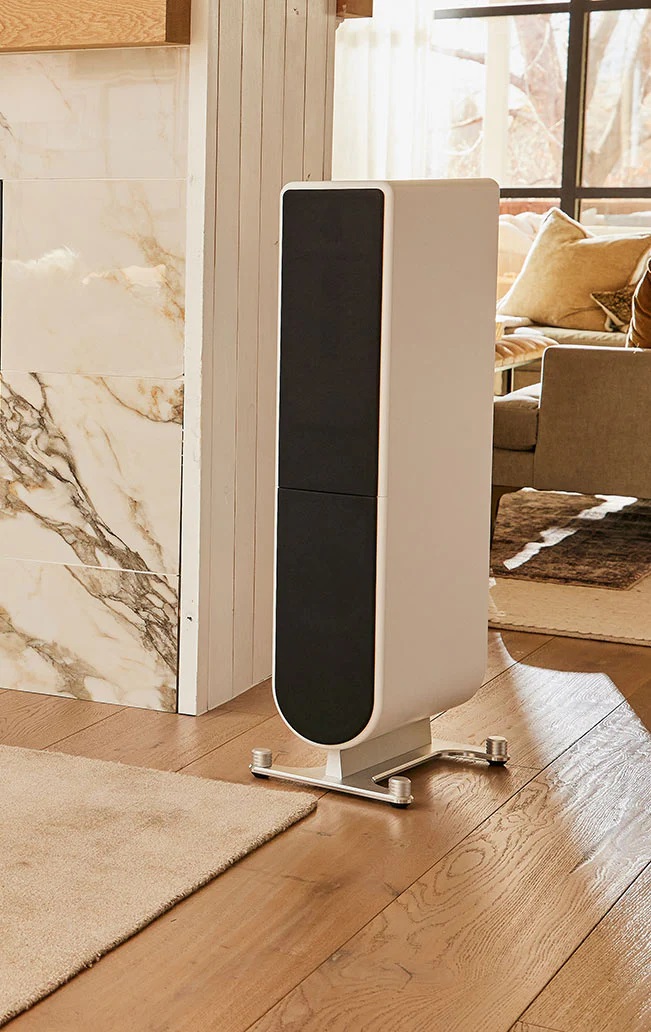

 aspen FR10 Features at a Glance:
aspen FR10 Features at a Glance:





